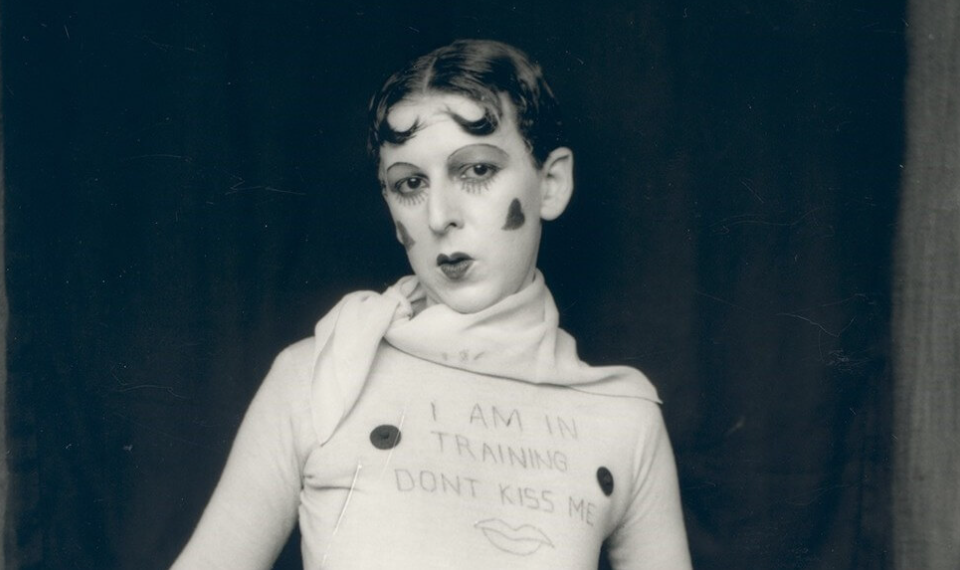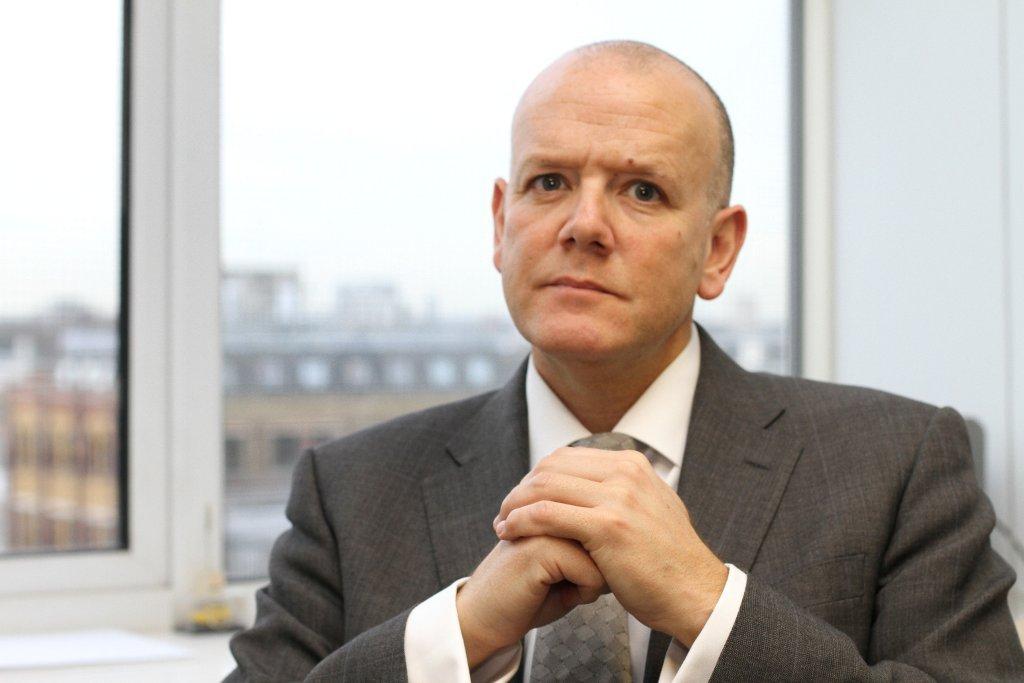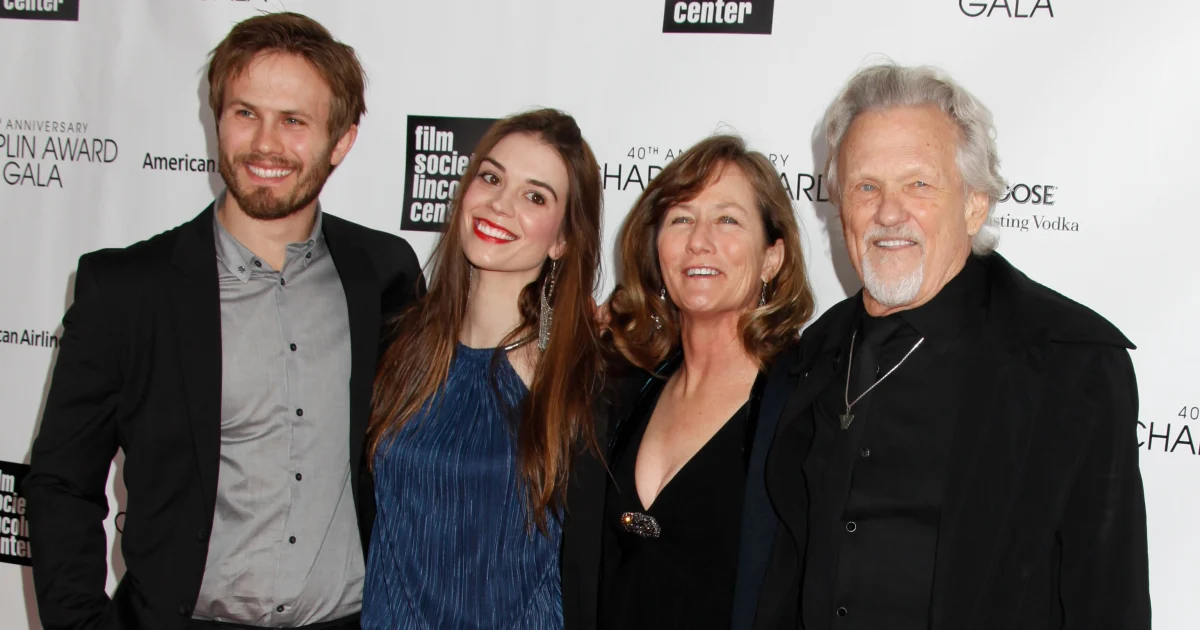Is Marie-Antoinette Courbebaisse a real person? What is her life like? Who were her family members? Did she have a large family? This article will give you an overview of her family life and explain her beliefs. You’ll also learn about her mother and Claude Cahun. Then you can get a taste of the delicious dishes she created.
Marie-Antoinette Courbebaisse
If you want to know more about Marie-Antoinette Courbebaise, you should read this article. This Victorian lady belonged to the royal family. This article will explain her life story and family tree in detail. It will also show you where she came from and who her parents were. She was born in Nantes, France, and died in 1792. Her father was a polytechnician and director of the Le Phare de la Loire. She had several sisters and a brother and lived in an apartment on Cours Cambronne in Paris with her sister, Mathilde.
Cahun was born in Nantes, France, on October 25, 1894. She was born into an intellectual Jewish family. Her parents were Jewish, and she was the niece of Orientalist David Leon Cahun. Unfortunately, her mother suffered from mental illness and was permanently interned in a psychiatric facility at a young age. Her mother and sister were very poor, and her grandmother raised them, but she remained in the family, despite this.
Claude Cahun
Claude Cahun was born in Nantes on October 25, 1894. Her mother had a mental illness at the age of four, and she was permanently institutionalized. She was raised by her grandmother, Mathilde, and later attended Parsons Mead School in Surrey. She was a Jew who lived in Nantes for many years and experienced anti-Semitism. In the 1920s, Cahun studied at the University of Paris. During this time, she began taking self-portraits and photos, and took them until the 1930s. Her name was changed to Claude Cahun around 1919. Her mother became mentally unstable, and she was raised by her grandmother, Mathilde Cahun.
Claude Cahun was a multi-disciplinary artist. She painted, sculpted, and wrote. Her self-portraits, in which she dressed as her favorite characters, are among her most famous works. She also painted aviators, dandys, Japanese puppets, and dolls. Her work is displayed in museums around the world.
Moorie
French surrealist photographer, born in Nantes in 1922, is celebrated for her surrealist tableaux and self-portraits. Her work is also recognized for her activism, writing, and performance art. She was raised by her grandmother Mathilde and lived with her partner, Marcel Moore. While in her early years, she suffered from mental instability and subsequently lost her mother. The family moved to New York in 1930, where she began to take photographs of herself.
Cahun was born to an intellectual Jewish family and inherited her last name from her maternal great-uncle and aunt. She had a hard time identifying as a woman and was placed in psychiatric confinement at a young age. She was raised by her grandmother after her mother disappeared when she was four. She later attended a private school and suffered from antisemitism in Nantes.
Moorie’s mother
Cahun was born in Nantes, France in 1894. Her parents were intellectual Jews, and her uncles were avant-garde writers Marcel Schwob and David Leon Cahun. Cahun’s mother, however, was mentally unstable, and was placed in a psychiatric institution when she was four years old. She was raised by her grandmother, Mathilde, and attended private school in Nantes. After her mother disappeared, she attended a private school and was exposed to antisemitic attitudes.
Cahun was only twenty-two years old when he photographed Mary-Antoinette Courbebaisse. Her mother had suffered from mental illness and was permanently interned in a psychiatric hospital when she was four years old. Despite her mental illness, Claude Cahun’s experiments with constructed identity were prescient in the context of post-modern sentiment. By the late 1930s, Surrealism was sweeping the post-war art world and celebrating social disruption and eroticism.
Moorie’s family
Moorie and Cahun co-hosted an artists’ salon in their home in 1922. Other attendees included Henri Michaux, Andre Breton, Sylvia Beach, and Adrienne Monnier. Several writers have cited Cahun’s work, including Miranda Welby-Everard. She used portrait photography to convey the cultural significance of theater and the types of sexual orientation people have. In 1912, she was eighteen years old and began taking photographs of herself. She continued to take photographs into the 1930s. Her mother was mentally ill when she was four years old.
Moorie and Cahun were of Jewish descent and lived in France. Her mother had a mental illness and her family was forced to place her in a psychiatric institution. When Cahun was four, she was raised by her grandmother Mathilde. She attended a private school in Nantes. She experienced anti-Semitism and discrimination, and was eventually permanently interned.
Moorie’s salon
Mary-Antoinette Courbebaisse was born on March 31, 1894 in Nantes, France. Her mother suffered from psychiatric illness and was placed in psychiatric confinement when she was four. She was raised by her grandmother Mathilde, attended private school in Nantes, and experienced anti-Semitism. In Surrey, she married Claude Cahun, a Jewish man.
In 1922, Claude Cahun and Mary-Antoinette Courbebaisse hosted a craftsmen’s salon at their home. Artists present included Henri Michaux, André Breton, Sylvia Beach, and Adrienne Monnier. Cahun’s photographs were referred to as’self-portraits’ by the writer Miranda Welby-Everard. Her photographs of herself were taken as early as 1912 and continued into the 1930s. Cahun’s mother had been institutionalized for her own mental health issues and a woman was brought to live with her grandmother in the mid-1920s.
Moorie’s father
The name Moorie refers to the sex of her father and mother. Moorie was born in Nantes to an intellectual family, which included her great-uncle David Leon Cahun and his nephew Marcel Schwob. His mother suffered from a mental illness and was put into psychiatric confinement when she was only four. Her grandmother Mathilde raised her, and she attended private schools in Nantes, where she experienced anti-Semitism.
Cahun, a prominent symbolist writer, first used the pseudonym Daniel Douglas to avoid anti-Semitic remarks. When she moved to Paris in the early 1920s, she adopted the pseudonym Marcel Moore. Her parents married, and she became their step-sibling. Moorie and Cahun began their artistic partnership eight years after they met. The two collaborated on photomontages, collages, and written works.



